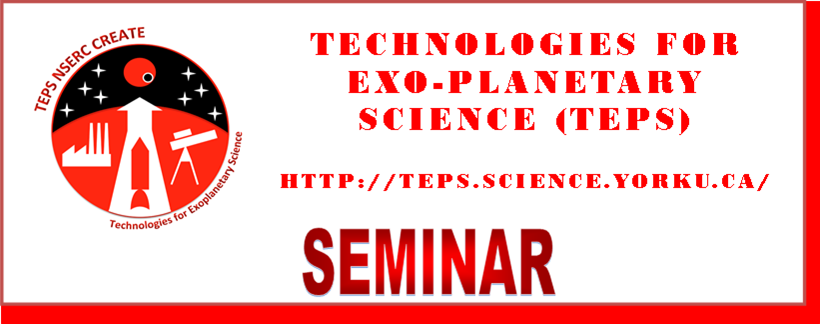
S p e a k e r
Dr. Nicolas Cowan
McGill University
Earth and Planetary Sciences
Abstract:
The vast majority of temperate terrestrial planets orbit close to dim red stars and experience dramatically different stellar forcing than the Earth, notably a permanent day and night hemispheres. Since we have no analogs to these worlds in our Solar System, we must observe them in order to understand their atmospheric composition, cloud formation, and wind patterns. But the small star-planet separations of short-period planets precludes directly imaging them. Instead, we monitor the unresolved planet's reflectance and emission as a function of orbital phase to infer its albedo, the efficiency of its day-to-night heat transport, and, in the case of planets subject to seasons, its thermal inertia. Multi-wavelength measurements also constrain atmospheric composition and vertical temperature structure. Such inferences are particularly sensitive to measurement uncertainty, however, and the accuracy of these measurements has previously been over-stated.
Fortunately, improved analysis techniques and next-generation instruments should allow us to resolve outstanding questions about short-period gas giants, and to extend our methods to temperate terrestrial planets orbiting nearby red dwarfs.
Due to the size of this video it is split into two parts.
Part 1
Part 2
If you are having problems viewing from Internet Explorer, please copy the website's URL into Google Chrome or Mozilla Firefox.
Please complete the following survey after watching the seminar:
Note: The survey is Mandatory for TEPS trainees!







